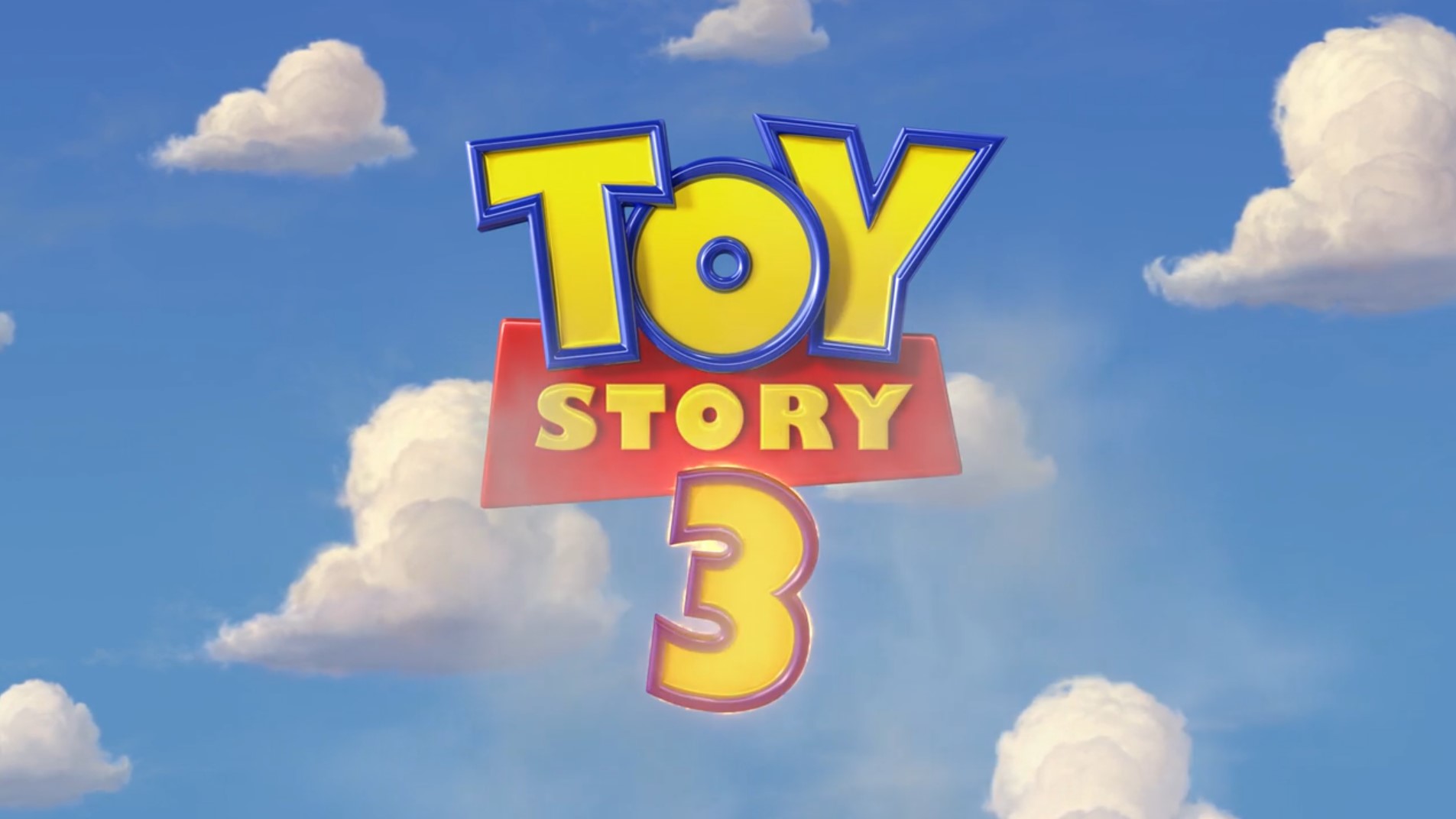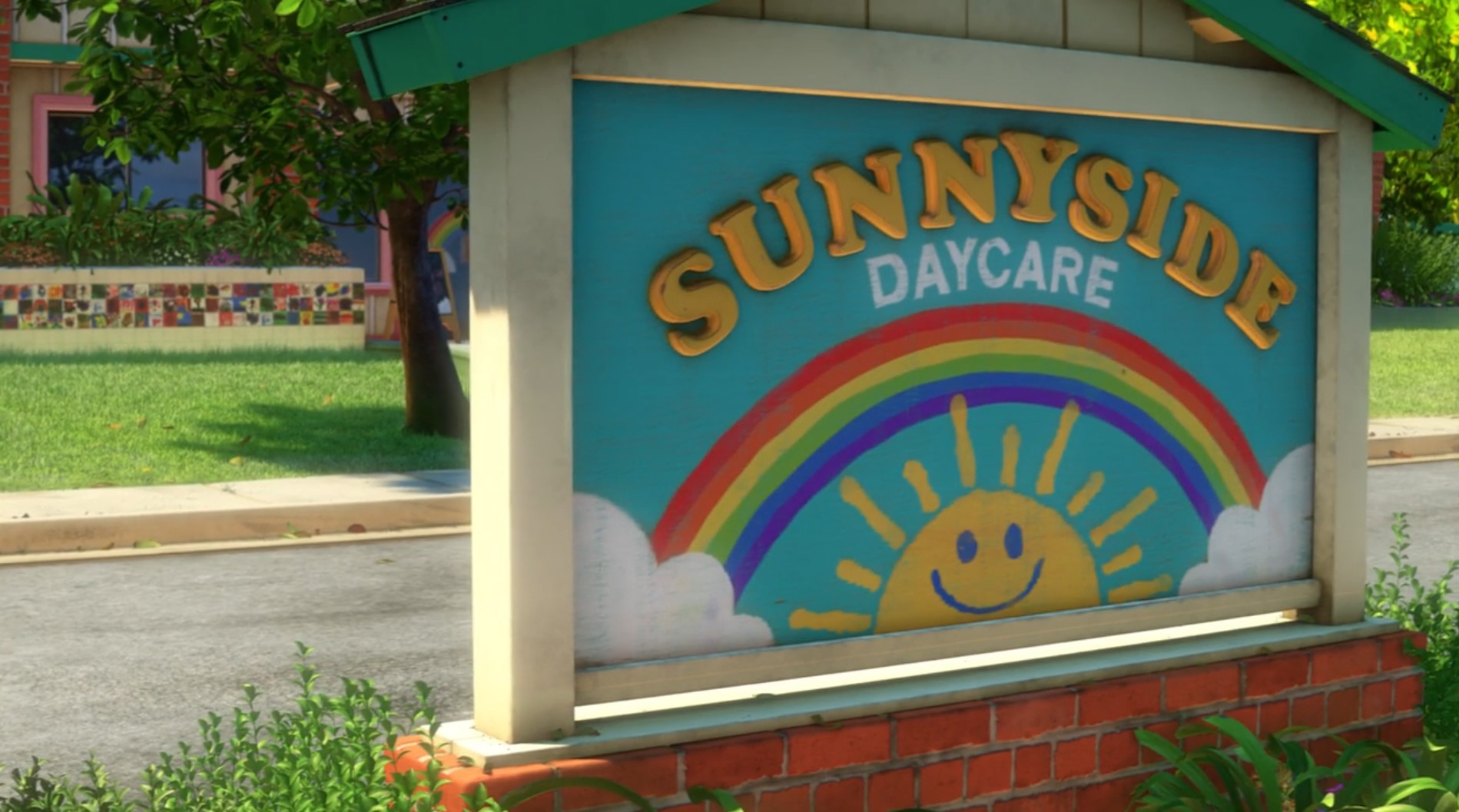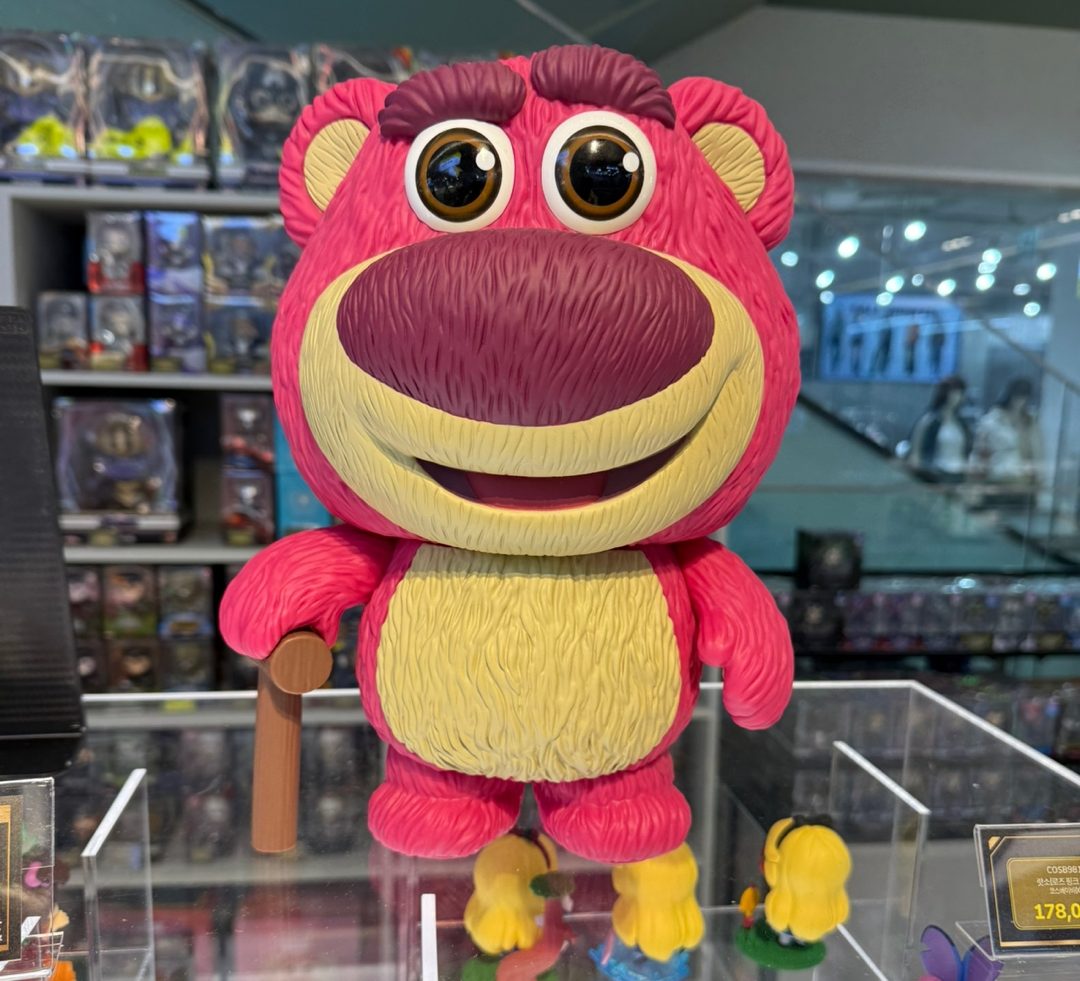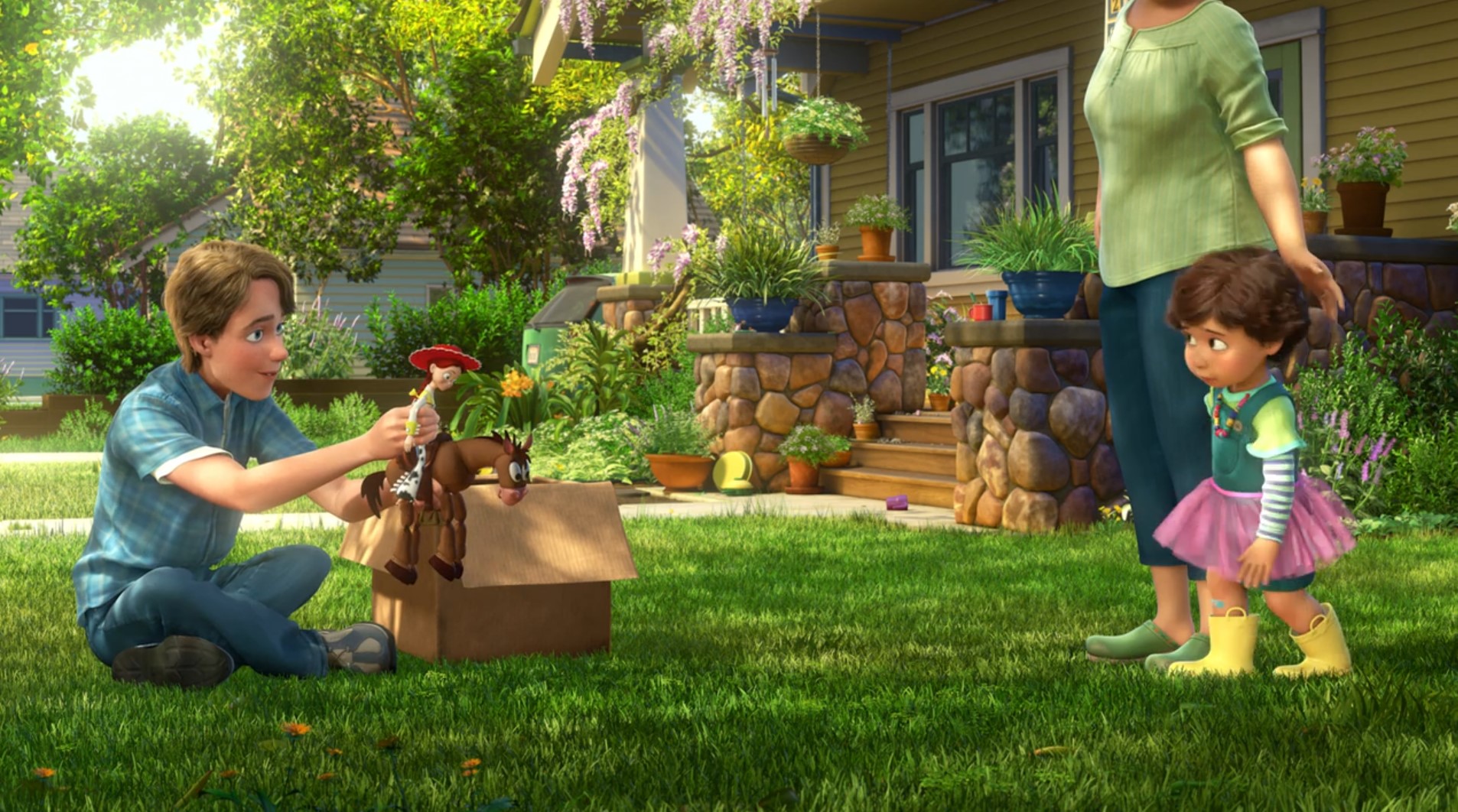Toy Story 3 is a movie about growing up and maturing, and the relationship between Andy, the owner, and his toys is a story of life change. The toys meet new owners, and Andy matures as he parted ways with his precious memories. The emotion of separation is reminiscent of the relationship between parents and children.
When I was younger, I went to the movies with my mother and uncle. I was excited because it was a movie theater I didn’t usually go to, and I wondered what kind of movie I would see. With excitement, I waited for the adults to buy the tickets, thinking that I couldn’t wait to see the movie. Finally, my mom bought the tickets and shared one with me. The ticket had a big title, “Toy Story,” and a seat number. The surroundings darkened and a few trailers passed on the screen announcing the start of the movie. It was unlike any children’s movie I had ever seen before. The characters were animated with shapes I had never seen before. And the childlike storyline of toys coming to life drew me in even more. I remember being so entertained that I couldn’t take my eyes off the screen until the movie was over and didn’t know where the time went. That was my first encounter with Toy Story, which holds the distinction of being the world’s first full-length computer-generated (CG) animated feature. In my childhood, Toy Story felt like a toy to me.

Time passed and Toy Story 3 was released this year. I naturally went to the movie theater to watch it, and when I left the theater, I felt an indescribable emotion. The theme of “Toy Story 3” is “separation”. Specifically, as people grow and mature, they part ways with the unchanging things around them. This is where I really admire PIXAR’s storytelling. Whereas the first and second installments focused on the toy-to-toy relationship, Toy Story 3 puts the toy-to-master relationship at the center of the story. To be honest, I didn’t have high hopes for Toy Story 3 when it was announced. I went into the movie with the casual thought that I was already older and wouldn’t be able to experience the nostalgia of childhood through Toy Story 3. I wasn’t old enough to play with toys anymore, so I thought it would be hard for me to relate to Toy Story 3. But I was pleasantly wrong.
In both Toy Story 1 and Toy Story 2, Andy is firmly established as the owner of the toys, and his position is unwavering: he is the only one who matters to the toys, and they must return to him no matter where they go. As the owner of the toys, Andy loves them and wants to stay with them forever. So, no matter what obstacles they face, the toys work together to return to him, and the story ends.
In Toy Story 3, however, Andy is no longer the undisputed owner. Time has passed, Andy has turned 18, and he has to leave home to go to college. So, at the beginning of the movie, the toys are huddled together in a dark box, anxious and rejected by Andy. They worry that Andy won’t need them anymore. And when Andy packs up his things and puts them in a trash bag, his fears are realized and he panics. Woody is chosen as the only toy to take to college, but for the rest of the toys, Andy’s “forever owner” formula is broken. The toys decide to leave Andy, who has loved them and played with them. In this way, ‘Toy Story 3’ foreshadows the separation and growing pains of the toys along with the growth of their master, Andy.

The toys head to Sunnyside, a daycare center where they think they’ll be in paradise, where they’ll be able to spend happy hours with children forever. But their expectations are shattered. The children there are unruly and don’t value their toys. The toys protest to Lotso, the daycare center’s manager, and tell him they’re leaving. Lotso then sheds his pretense and becomes his true self, an oppressive manager who locks the toys in and prevents them from escaping.
Interestingly, Lotso is also tormented by the memory of being abandoned by his master and hates humans. As such, he interferes with and harasses the toys as they try to return to their owners. He denies the toy-master relationship and tries to dominate them by lording it over them. As a result, he creates a rule that new toys are abused by unruly children and older toys can only play with gentle children, making Sunrise a living hell.

Here, Lotso is a character who has suffered a bitter separation from his owner, and we thought it would be a good idea to make the toys feel how heartbreaking and miserable that separation was. Even though the toys were determined to return to Andy, they must have felt, in the back of their minds, that like Lotso, they would never be reunited with their owner in the darkness of the attic. So when Woody returns to Andy’s house, he writes the address of the child who will cherish the toys on the box containing his friends. He doesn’t want them to be forgotten in the attic, gathering dust without the happiness of being toys. He decides to join them and gets into the box.

Handing over his toys to the child one by one, Andy prepares to say goodbye to the good times. When Andy discovers Woody in the box, he’s embarrassed because he was the toy he was going to take to college. But his embarrassment soon turns to loneliness and an understanding of Woody’s feelings. He realizes that he has to let Woody go now, even though he was sure he would always be by his side.
This scene made me tear up because I saw myself as a child watching Toy Story 1, and now as an adult, I saw myself in Andy. I empathized with Andy’s feelings when he had to let go of the things that didn’t change. When I had to leave my childhood dog at someone else’s house due to a move, when I had to throw away my notebooks as I progressed through the grades, and when I had to leave the problematic houses I had been in as a student, I wondered if I felt similar to Andy’s feelings. What makes this movie even more moving is that at the end of the movie, it shows us how we mature into the next phase of our lives by saying goodbye to the things we hold dear. Andy says goodbye to his childhood for the last time, Woody and his friends meet their new owners and dream of a new happiness, and the movie becomes even more touching.
The farewell in Toy Story 3 made me think of my parents. The unchanging toys were like our parents’ generation, and Andy, who can no longer be with them, is like us. I wondered if the feelings of parents facing the moment of independence for their children were similar to the feelings between Toy and Andy. I realized that even after the inevitable parting, our names would remain forever in their hearts, just like the name “Andy” remains at the feet of the toys.
Toy Story 3 is a great conclusion to its predecessor, with a tightly constructed story and well-placed characters. However, I was a little disappointed by the simplistic Disney worldview of good and evil, and given that the movie is aimed at adults rather than children, it may not resonate as well with younger audiences. Nevertheless, it is a touching depiction of the farewell to the “toys” of my childhood, and I look forward to the many farewells to come in a mature and happy manner.